A Cross-Border Bilingual Opera Explores the Legendary Mexican General Pancho Villa
January 03, 2019
By Alex Teplitzky for Creative Capital
Published on December 7, 2018
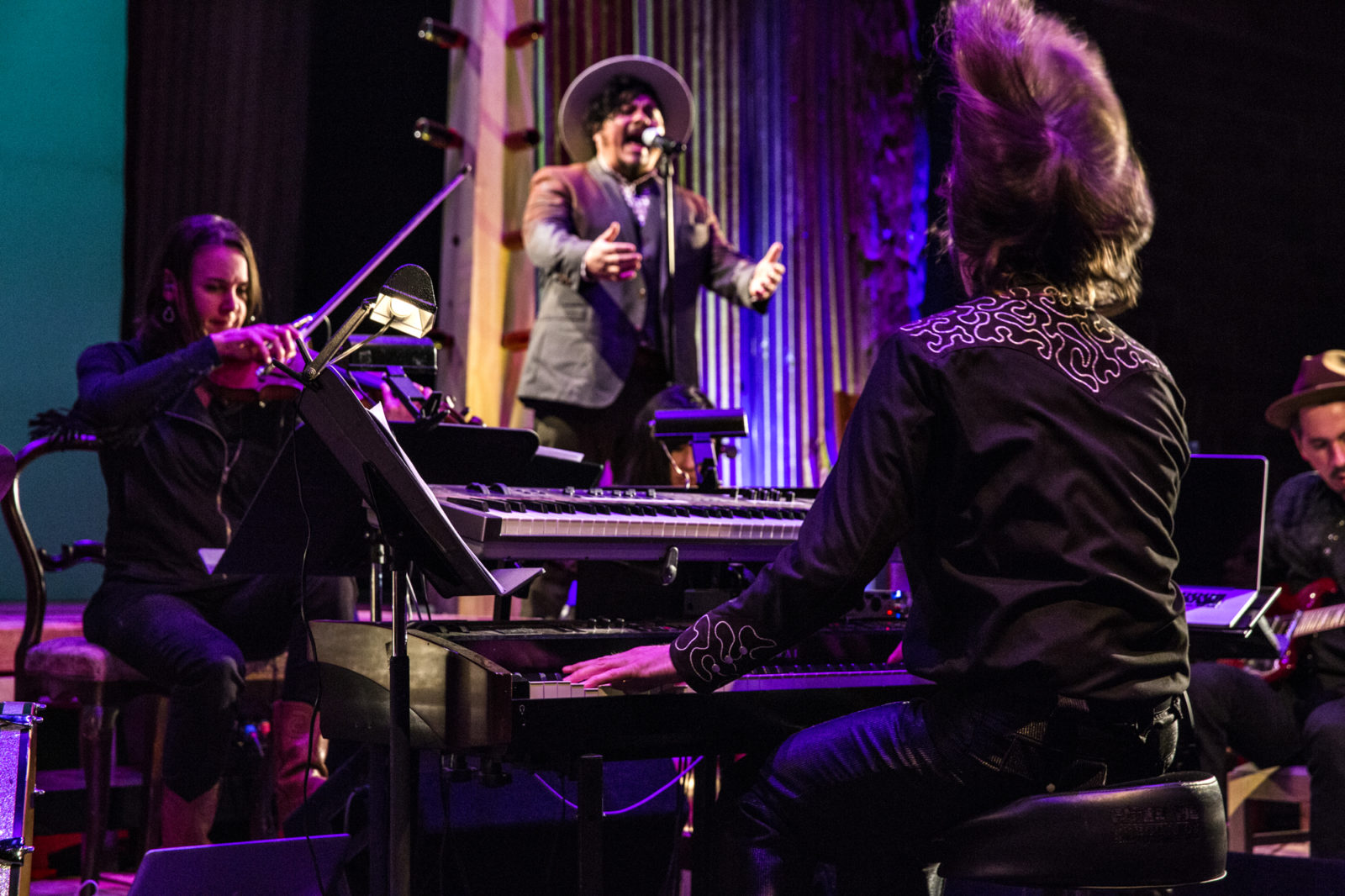
In his Creative Capital project, Pancho Villa from a Safe Distance, Graham Reynolds delves into the life of the enigmatic general, legendary bandit, and hero of the Mexican Revolution. Through a bilingual Spanish-English opera performed by a six-piece ensemble, Reynolds tells stories from the life of the controversial leader to add nuance to the historical and contemporary relationships between the communities of Mexico, the US, and their borderlands.
Alex Teplitzky: Can you tell us about the project, how you got involved in it, and its history and development throughout the years?
Graham Reynolds: It’s always hard to know where to start. It began when Ballroom Marfa wanted to commission something, and I proposed a triptych inspired by West Texas subjects. First, we composed a big band, country-Western suite, and then two years later we did a live score of the sunset to moonrise out with the audience in the middle of the desert in an all-acoustic concert.
After that, Shawn Sides of Rude Mechs (2006 Creative Capital Awardee) and I started looking for subjects for an opera. I was particularly interested in a Mexican-American subject because the history is so deep and we hadn’t covered that aspect of West Texas history in our triptych. We were in El Paso, staying at the El Camino Real Hotel, where it turns out Pancho Villa had lived during the early part of the Mexican Revolution.
After he built his army, people in the US would watch the Battle of Juarez in Mexico from the roof of the hotel on the opposite bank of the Rio Grande just over the border, using their opera glasses. Pancho Villa has a deep history with the inhabitants of West Texas, and once we realized he was our subject, we reached out to a wide variety of collaborators to create the work with the various Mexican and Mexican-American perspectives infused. This included reaching out to Luisa Pardo and Gabino Rodriguez of Lagartijas Tiradas al Sol in Mexico City. Their work focuses on the border between truth and fiction, and Mexican politics and history, so they were a perfect fit for this.
Most revolutionary leaders tend to come from at least an educated if not economic elite, but Pancho Villa is a major exception to that… he grew up poor, and created this huge personality with which he put together this army from a position of no privilege at all.
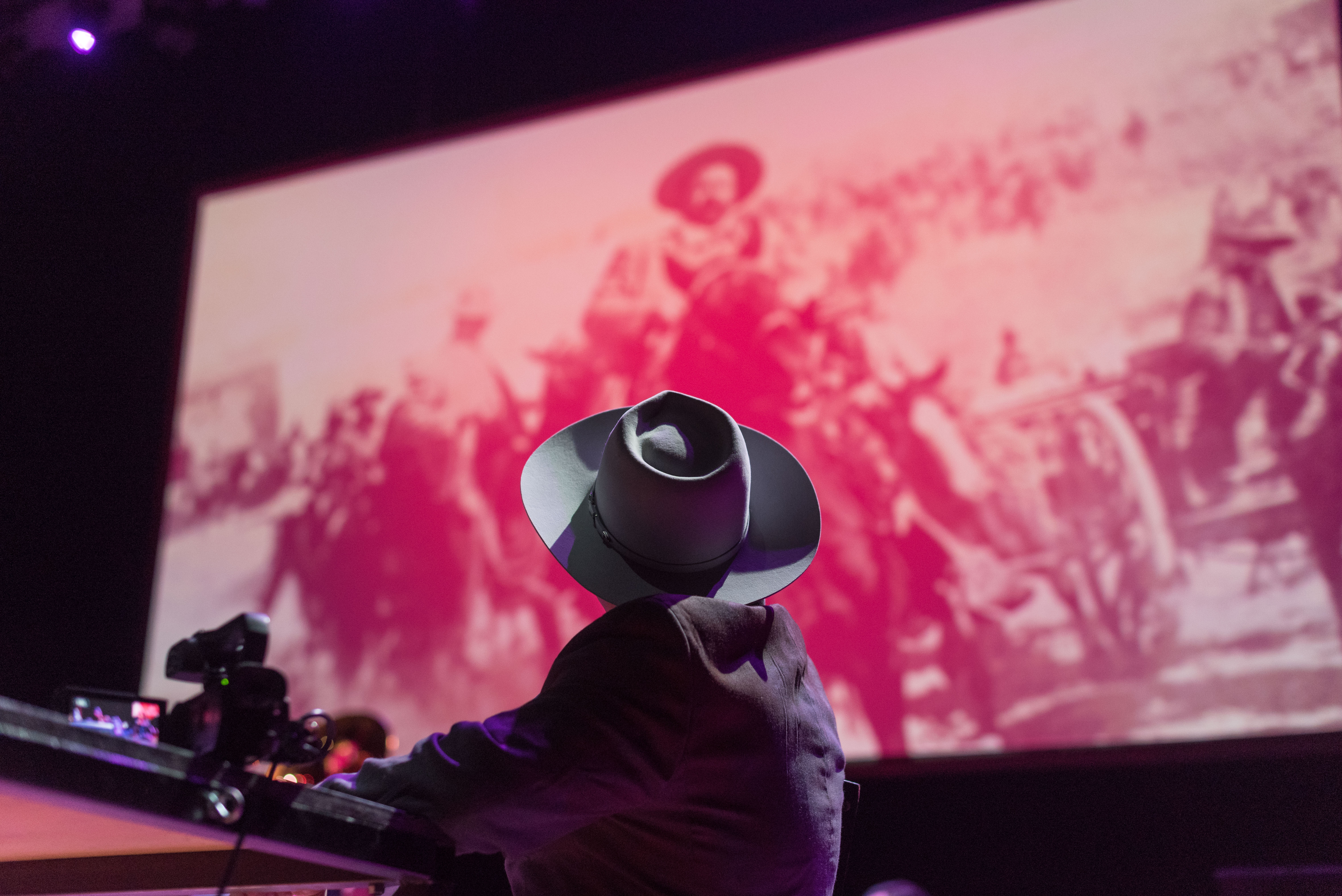
Alex: What have you learned about Pancho Villa since you’ve been working on the project?
Graham: I studied Latin American history in college, so I already knew a fair amount about the Mexican Revolution, and I was able to dig through my college books to do some research.
Throughout this process, we learned that everybody in West Texas has some kind of connection to Pancho Villa, if their roots are there. We heard things like, “Oh, my grandfather used to ride with Pancho Villa,” or “My family’s ranch was raided by Pancho Villa.” Through these personal anecdotes, we saw how stories could grow into the legends and myths that became part of his persona.
There’s just so much history, and most revolutionary leaders tend to come from at least an educated if not economic elite, but Pancho Villa is a major exception to that: He was barely literate or not literate, depending on whose account you read. He grew up poor, and created this huge personality with which he put together this army from a position of no privilege at all.
Alex: What is the story in this opera? How do you incorporate his mythology and character into the show?
Graham: It’s not a straight narrative or biopic, more of a collage of scenes from his life. A lot of the source material is actually primary texts, newspaper articles and quotes from the time, and Luisa and Gabino pieced together these primary texts into a libretto.
Jane Sun: And the opera is also sung in two languages, right?
Graham: Yes, it’s about eighty percent in Spanish, but there’s also thread of a “safe distance” that’s in English. For that we had Carrie Fountain write the three songs in English. Her Mexican roots go back to this exact historical situation—her family came across the Rio Grande during the Mexican Revolution and settled in Southeastern New Mexico.
The border is always a source of discussion if not friction, but it’s also a place where communities blend and meet.
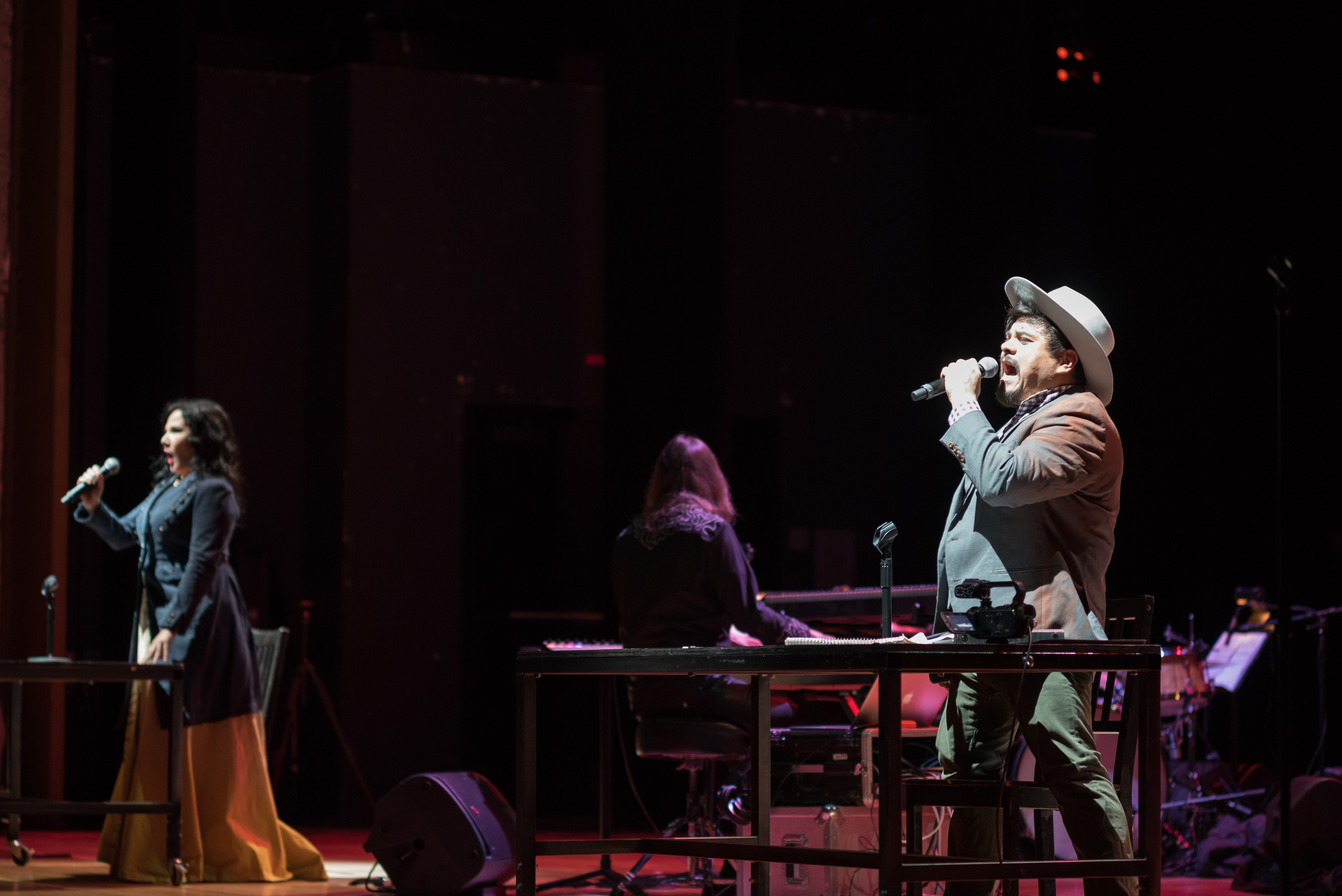
Alex: How do the politics and news events of the present moment affect your project?
Graham: The border has always been timely, but it’s exploded in timeliness after we had already embarked on this project. The first time we did Pancho Villa in Marfa was the week of the election in 2016—we were in dress rehearsals the night of the election, and we had this shell-shocked audience two nights later for the Texas premiere of the piece. People have been talking about this wall and this border for years before Trump, and the border is always a source of discussion if not friction, but it’s also a place where communities blend and meet. But right now, having national politics be what they are really changes the whole reception.
Alex: We mentioned how the show is largely in Spanish and you want to target a Spanish-speaking audience. Who do you hope comes to see the show here in Brooklyn?
Graham: The subject matter is good for everyone, and certainly there’s no audience I don’t want, but it feels like a shame if the Mexican, Mexican-American, and Latinx communities don’t get a chance to hear the piece. When outreach has been successful, their reception has been super positive. Throughout the whole thing, I asked Luisa and Gabino to check me and let me know if anything I was doing was appropriation, but it’s really important to me that the Mexican and Mexican-American audience feel good about this piece.
One of the best shows we had was in Los Angeles, where we got a ton of coverage from the Spanish-language press like Univision and Telemundo. By the third show in LA, the majority of the audience was Mexican-American. The audience laughed at different places; there was an understanding of what was going on in a much deeper way, and they were super receptive. It was amazing to feel the energy from them.
Alex: Do you guys follow up with the audience and dialogue with them, have talkbacks or Q&As after the show?
Graham: Sometimes we have pre-show talks, sometimes we have post-show talks, but in almost every place we have had some sort of feedback about the show. We did a talkback in Seattle, in LA we did pre-show Q&A’s. It was really important that we have two to three people each night from the local Mexican-American community where we were playing, as part of the show and the discussion.
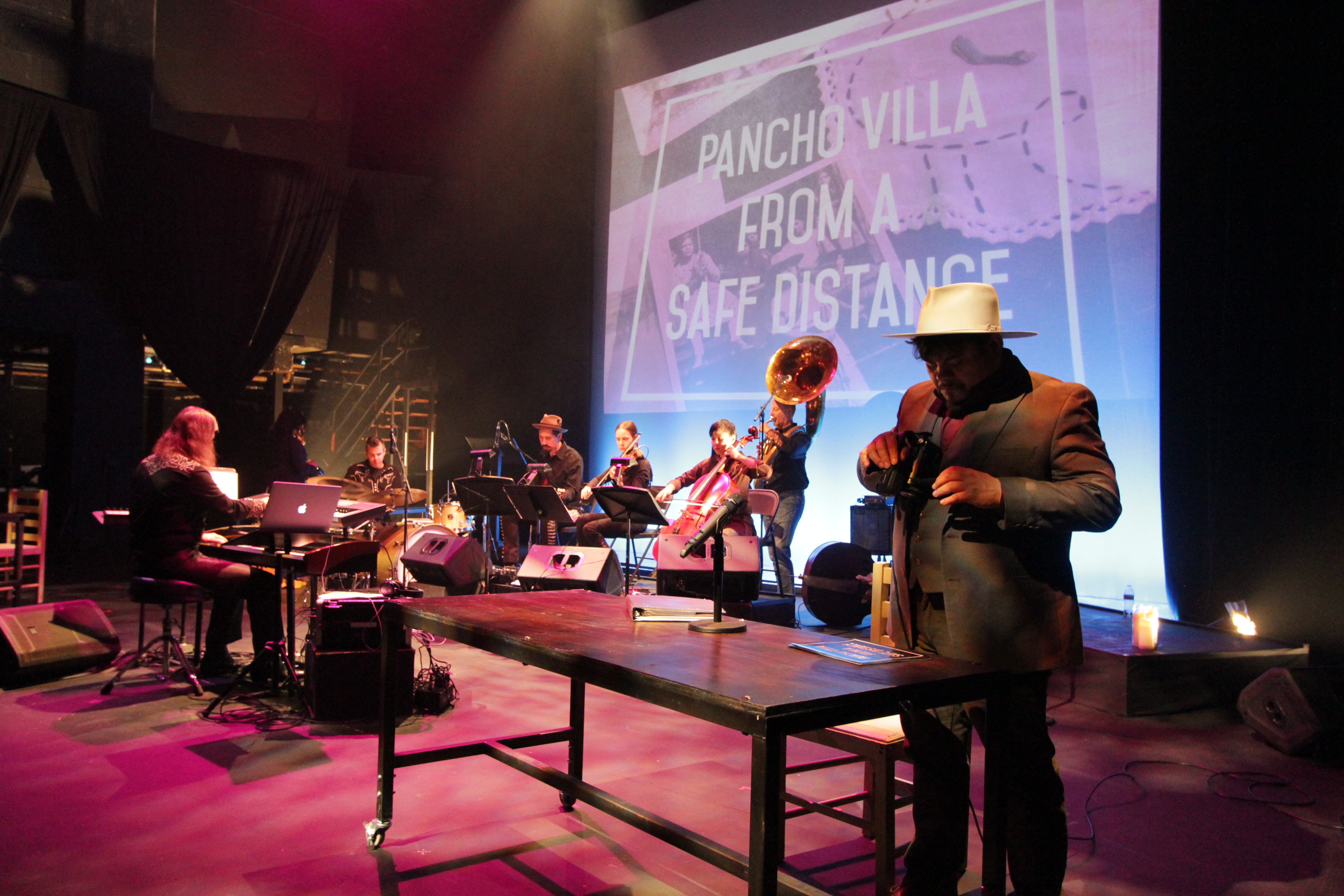
Alex: What about the performers? I read that they aren’t typical opera performers, they’re more mainstream singers.
Graham: It’s a bit of a hybrid. There’s Liz Cass who’s more of a traditional opera singer, and Paul Sanchez who grew up in San Antonio doing Elvis impersonations—he’s a little more all over the place stylistically. So from song to song, we change up the styles across the show. Liz sings two songs more operatically, but there are other songs that are whisper-sung. Throughout the whole show the performers have microphones, but there’s a lot of stylistic variance across the show.
Jane: And specifically chamber opera, what ultimately helped you choose this as a vehicle for your show?
Graham: Well, putting labels on things is so hard, but the simple thing is, when people hear “opera,” they don’t think of a range of scale—they hear opera and they picture “grand opera” with an orchestra, a chorus and a huge cast.
Explaining that it was a chamber music piece was meant to explain to people that they wouldn’t come with the expectation of a cast of a hundred, and find only a cast of two singers.
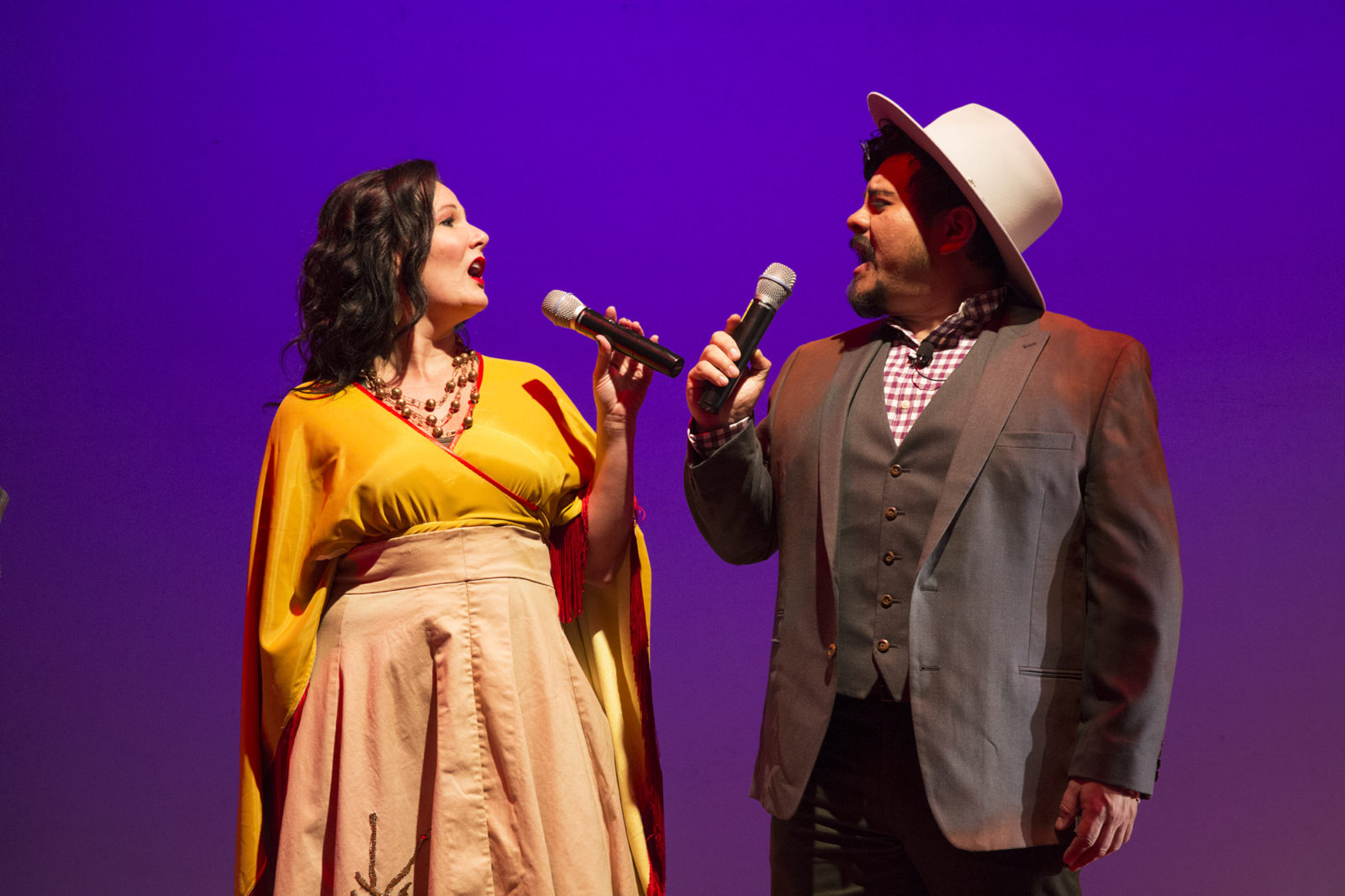
Alex: You’re having your New York premiere at the Prototype Festival in Brooklyn, which got a good write-up in the New York Times. What’s special about performing it at Prototype, bringing it away from your home turf and to a new audience?
Graham: I’ve been coming to Prototype for years. It’s always an exciting time to be in New York in January and getting to see what’s going on all over the world in terms of performance. Prototype itself has really carved out this niche where opera is having a bit of a comeback, so being invited to be a part of that is flattering and exciting.
Alex: How has Creative Capital been helpful for your project? Was the retreat specifically helpful for you?
Graham: It’s made all the difference. When Ballroom Marfa said they were interested in an opera and I proposed this triptych, it was well beyond the scale of what they had imagined. So we needed a partner for that piece, and as far as opening doors goes, that stamp of validity from Creative Capital is huge. On top of the financial and “people resources,” it really can be transformative to go through the Creative Capital process. It put my career on a new level, and allowed this work to be fully realized. The retreat was helpful in a lot of ways as well—bonding and networking and forming community with peer artists is so essential. Especially being out here in Texas, which is far away from many American hubs of art, you feel fed, and those friendships will go on for quite some time and evolve into other things I can only imagine.